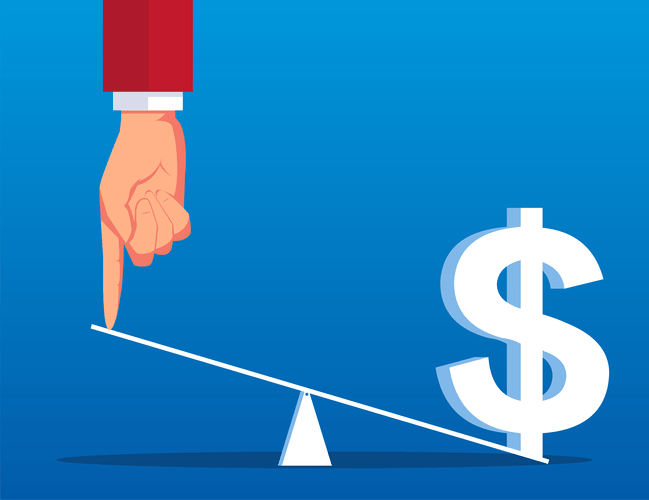
However, it’s handy to compare it to commonly used forms of accounting. These tend to be used in conjunction with one another because they each provide a different approach to categorizing financial information. At its most basic, retail accounting counts the cost of inventory relative to the selling price.
Tax ramifications of inventory costing
The Internal Revenue Service allows retail businesses to use either the direct cost method or the retail inventory method for tax-reporting purposes. Based on the method selected, there can be significant differences in valuation. Cost accounting method is another method that retail stores can use, but it’s slightly different from retail accounting and has its own advantages. While retail accounting tracks inventory based on sales price, cost accounting tracks each item based on its total acquisition cost. Cost accounting is often more complex because it involves tracking factors such as shipping, manufacturing, overhead, and development costs.
Determine inventory costs
LIFO can be advantageous during periods of inflation as it allows you to value your trial balance ending inventory at a lower cost, potentially reducing your tax burden. However, it may not accurately reflect the actual flow of goods in some retail businesses. Recording all income and expense transactions accurately is essential for accounting. This means keeping detailed records of sales, invoices, payments, refunds, and other transactions.
- Numerous user-friendly accounting software solutions are specifically designed for retail businesses.
- Tax accountants help individuals, businesses and nonprofit organizations comply with the Internal Revenue Code.
- Opportunity cost is the benefits of an alternative given up when one decision is made over another.
- The retail method is a quick and easy way of estimating ending inventory balance.
- In addition, during this period you invested US$15,000 in replenishing your stock of fixtures and accessories.
What is the FIFO accounting method?

More on this in a bit, but first it’s important to understand the importance of accounting for the cost of inventory in your retail business. In this article, we’ll go over what you need to know about accounting for retail business, including which method to use, how to use it, and its pros and cons. Specifically, it focuses on when money is received, or expenses get paid, which may not occur exactly when these items are accrued. Accrual-focused accounting tracks revenue as it is earned and expenses the moment they are incurred.

The weighted average strategy for accounting is best for retailers who sell items at a similar pace regardless of when the inventory was obtained. First, retail accounting helps businesses determine the cost-to-retail ratio. This type of accounting method converts current inventory to its estimated retail price and then subtracts the sale numbers from the value of your inventory. Managerial accountants, also known as management accountants, collect financial data, analyze it, compile it into reports and then present it to the company’s management.

Financial accounting, on the other hand, is designed to help shareholders, lenders, regulators and other parties who don’t have access to your internal information. It takes a business’s https://www.bookstime.com/ financials and presents them in a way that showcases how it’s doing in terms of assets, liabilities and shareholders’ equity. Having a handle on your inventory is an important step in managing a successful business. Following the FIFO method, you’ll take 30 and multiply it by 0.05 and add that to 20 multiplied by 0.07.
Knowing different methods for tracking inventory costs and managing sales can improve workflow and help salespeople tackle a variety of tasks. Second, it allows accountants to spend less time on routine tasks and more time analyzing problems and advising on business growth. Inventory valuation in cost accounting is key for accurate financial reports and managing inventory retail accounting well. This part explains how to calculate inventory costs using the cost method. It also covers the weighted average cost approach and figuring out the ending inventory value.
- Retail businesses juggle numerous transactions daily, making record-keeping a potential challenge.
- If you have a retail store, you probably considered using retail accounting.
- There’s really no way of knowing which balls were purchased at which price, and so the retailer will take a weighted average and spread the average cost over all the existing inventory.
- Cost accounting method is another method that retail stores can use, but it’s slightly different from retail accounting and has its own advantages.
- Management accounting is about collecting data, analyzing it and then compiling it into financial reports that people in leadership positions can use to make better business decisions.
- With Lightspeed Retail, you can get integrated accounting software that simplifies bookkeeping and automates processes to help your business run smoother than ever.
This method helps businesses keep a clear record of what they spend on goods sold. Although cost accounting method can provide better accuracy, it usually requires more complex calculations. The main advantage of retail accounting is how easily it sets inventory prices to match what customers pay.
